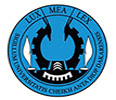


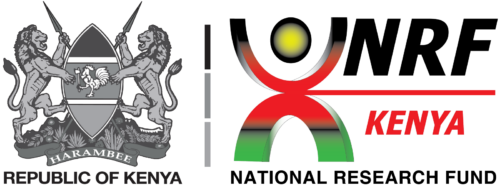


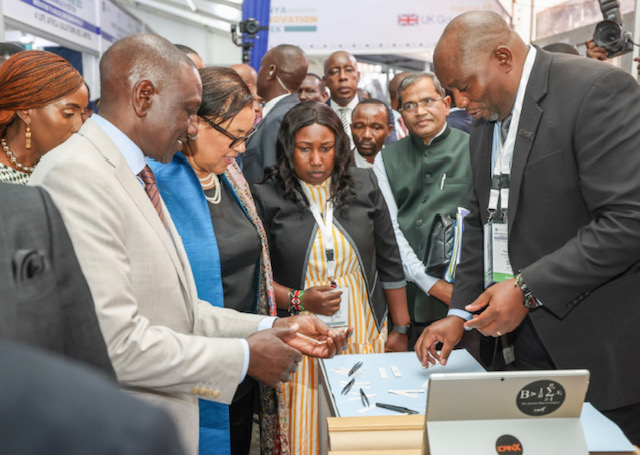
Martin Thuo, COMPASS Deputy Director, explains to the President of Kenya, H.E. William Ruto, how complex hydrophobicparticles on paper can render it amphiphobic allowing us to make affordable diagnostic kits from locally available materials.
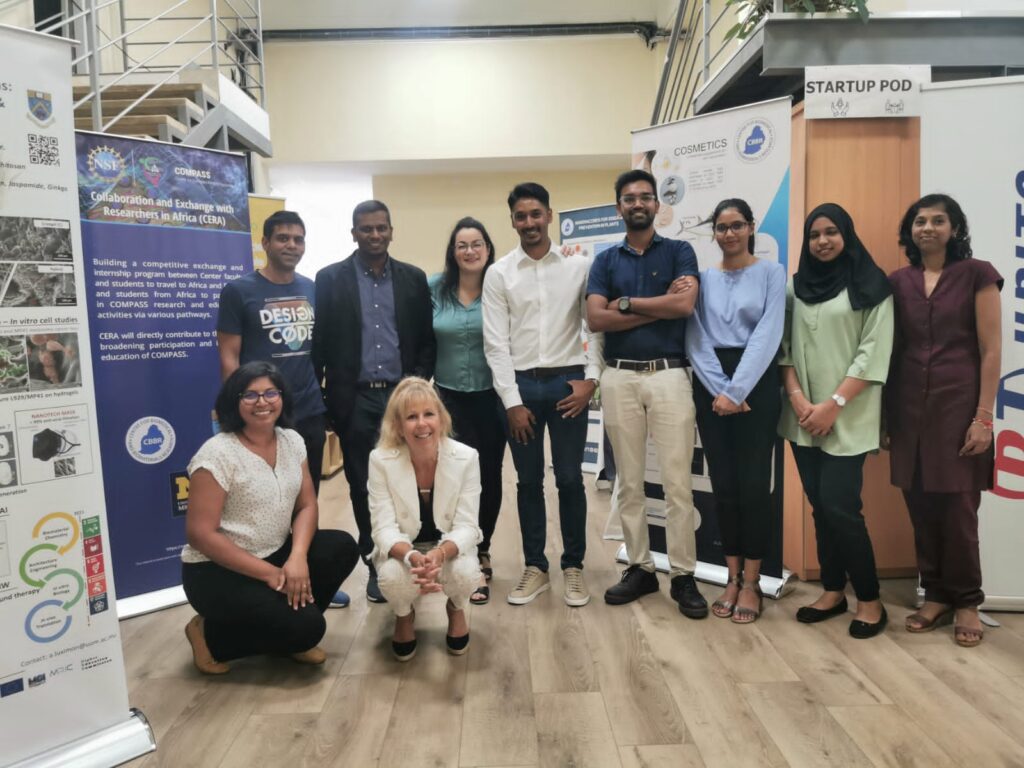
Industry Partner Attendees
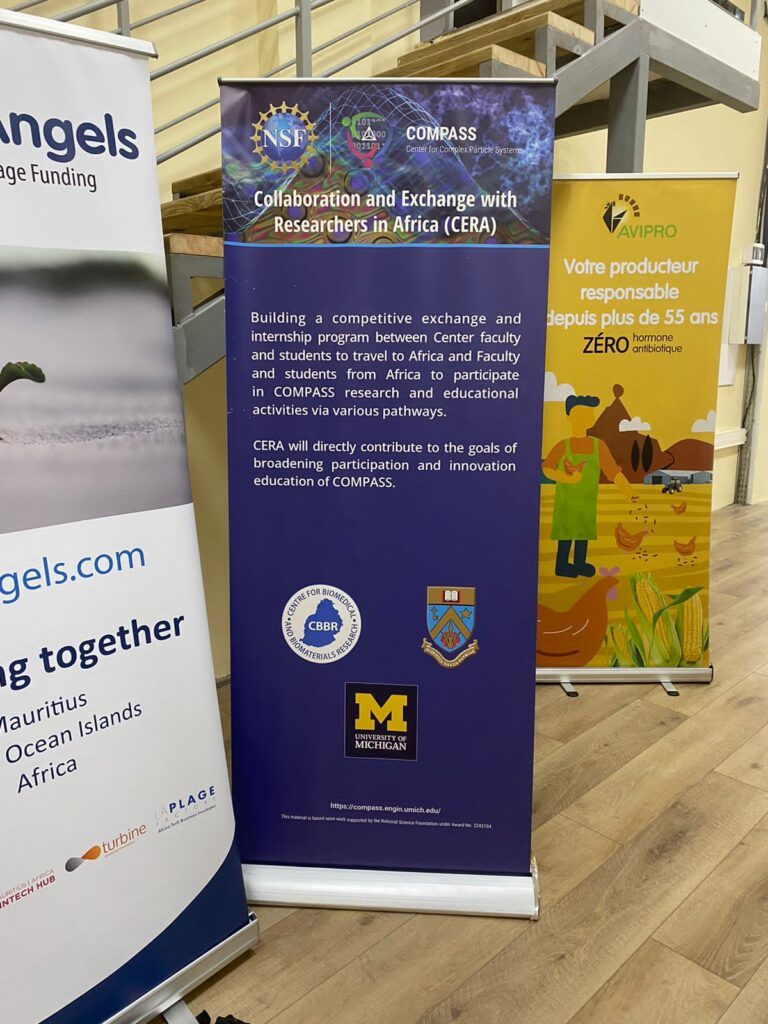
NSF COMPASS partner in Africa, the University of Mauritius, held an opening ceremony for the Center for Biomedical and Biomaterials Research (CBBR) led by Archana Bhaw-Luximon, PhD. New laboratories will be performing COMPASS research.
For more information, please see:
www.uom.ac.mu (University of Mauritius)
https://vcilt.uom.ac.mu/cbbr/biomedical (CBBR)
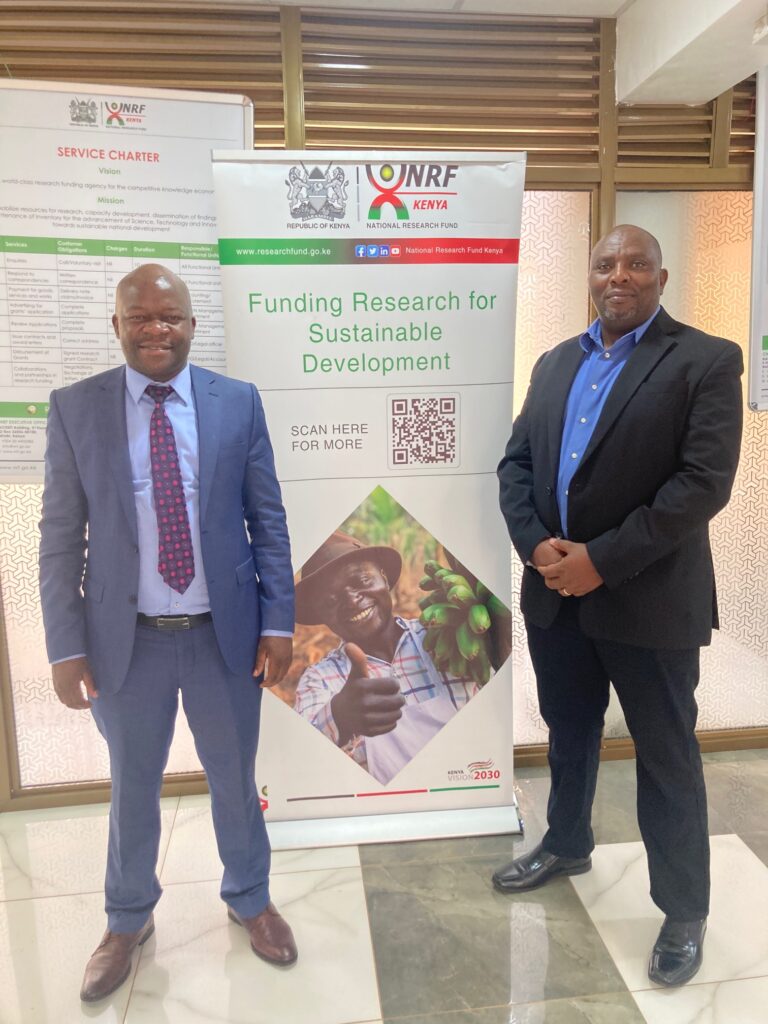
NSF COMPASS Deputy Director, Professor Martin Thuo from North Carolina State University, held discussions with the CEO of the National Research Fund in Kenya, Professor Dickson Andala, on developing a funding strategy for our partners in Kenya.
Collaboration and Exchange with Researchers in Africa (CERA)
Complex particle systems are ubiquitous and include a variety of common items from food to cement and water sediments, which provides COMPASS with numerous opportunities to integrate our educational activities with research work with students and faculty from African universities. This will serve to enhance cognitive diversity, i.e., will expand differences in perspective or information processing styles and/or increase diversity in how individuals think about and engage with new, uncertain, and complex situations. It will also minimize functional bias and other cognitive preferences that could be present in a solely U.S. team. Since 2019 Thuo has been working with Kenyatta University creating opportunities for highly talented students to study in engineering departments in the U.S. and with various industries to facilitate industrial internships for African faculty. COMPASS will integrate the current outreach programs at NCSU and UM and extend them to UIUC, WSU, NEU, CSU and USC. Under Thuo’s leadership, and in partnership with the Africa Materials Research Society, we will expand this work to include an Africa-wide effort involving BIT (S. Chigome), UMau (A. Luximon-Bhaw), and UCAD (B. D. Ngom).
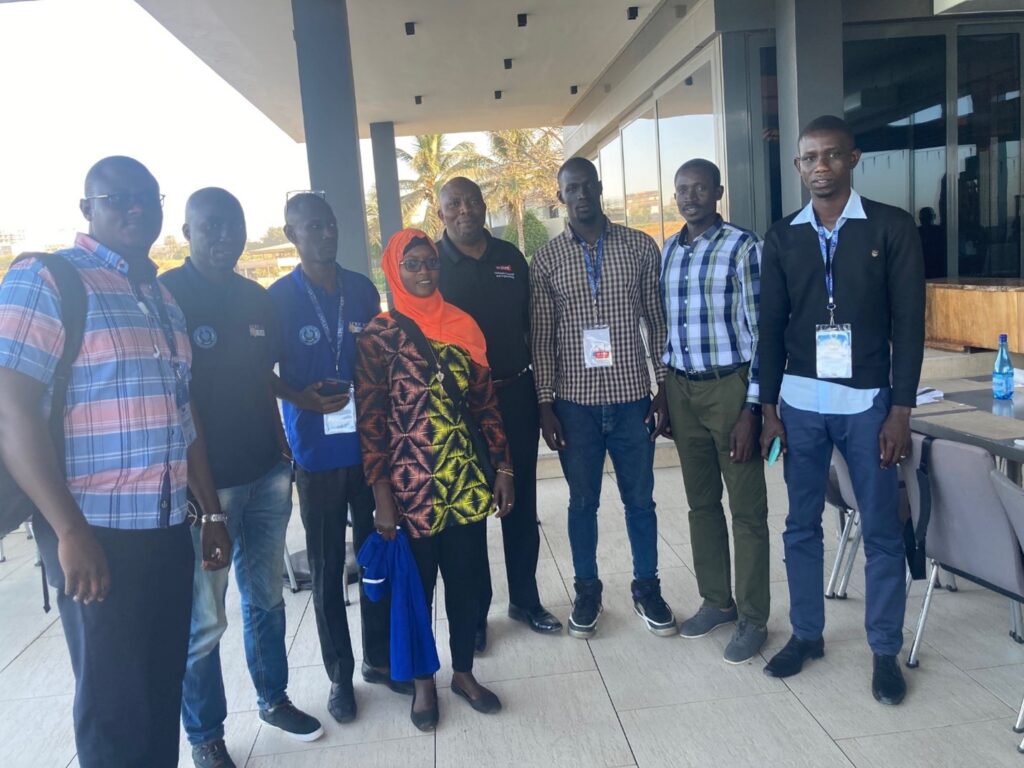
We will build a competitive exchange and internship program for Center faculty and students to travel to Africa for short-term engagements at participating Universities. Similarly, faculty and students from Africa will be able to participate in COMPASS research and educational activities via various pathways:
- First, through research partnerships, especially as described for Thrust 4: Implementation of Complex Particle Systems subcategories: 1) Selection of Translational Exemplars; 2) Stress Transport in Particle Systems; 3) Charge Transport in Particle Systems; 4) Heat-Transporting Particle Systems; and 5) Mass Transporting Particle Systems);
- Second, by leveraging fellowships from industry and non-profit organizations (e.g. Fulbright fellowships, Third World Academy of Sciences);
- Third, by meeting other COMPASS students through the Particles as Systems elective 500-level course or participating in the entrepreneurship courses. We also anticipate that some undergraduate CERA students will apply for the graduate programs on COMPASS campuses.
CERA will directly contribute to the goals of broadening participation and innovation education of COMPASS. The ability to solve problems with limited resources in Africa (frugal) will be contrasted with the technology-heavy effort (USA). Development of frugal approaches to addressing grand challenges with limited technologies will be essential for sustainable technologies of tomorrow. The translation of this mindset back at COMPASS will lead to new approaches to implementation of the developed complex particles and associated theoretical foundations. This integrated outreach and educational effort will also create a recruitment pathway for diverse talented students to COMPASS universities. The ability to cross-pollinate ideas across such a diverse platform will lead to improved technological innovations and solutions.
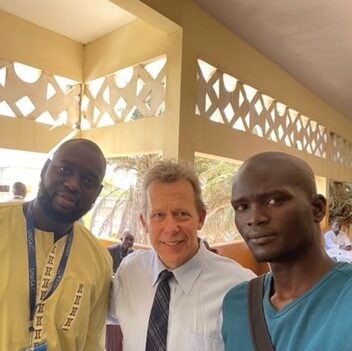

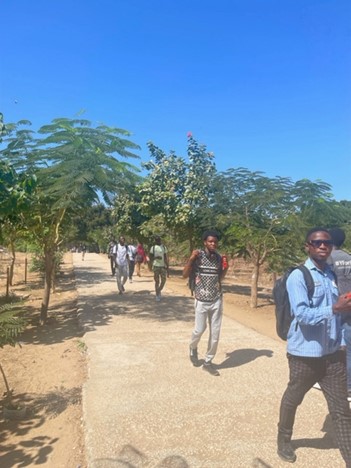

This material is based upon work supported by the National Science Foundation under Award No. 2243104.
Any opinions, findings and conclusions or recommendations expressed in this material are those of the author(s) and do not necessarily reflect the views of the National Science Foundation.
